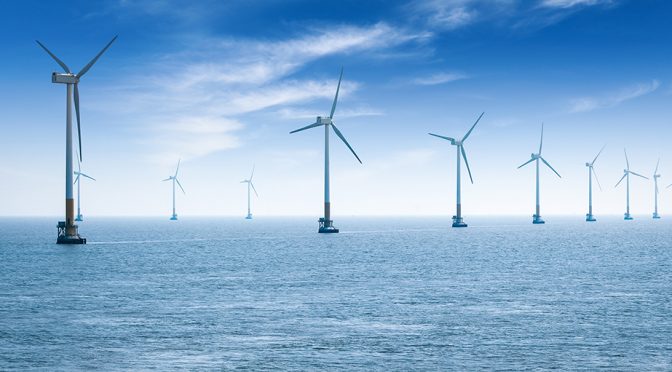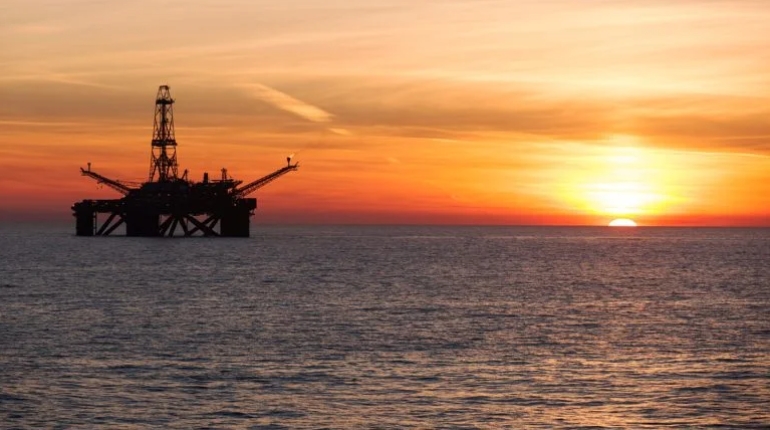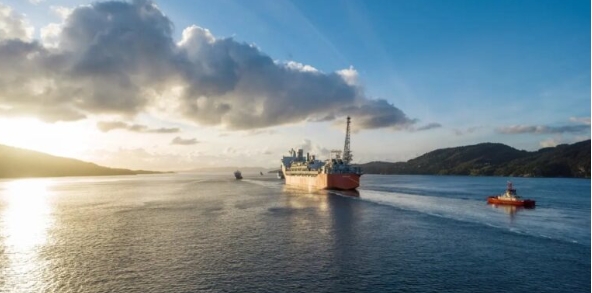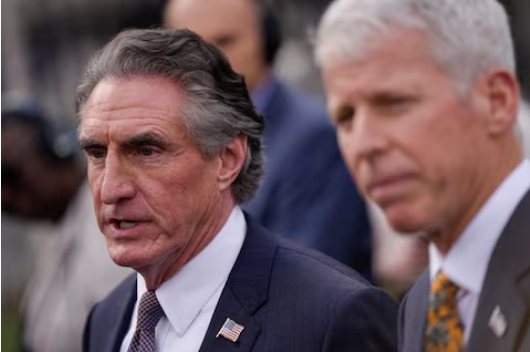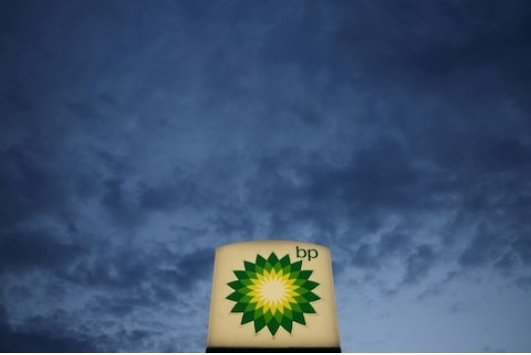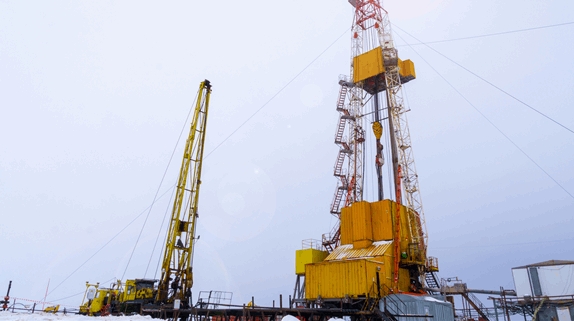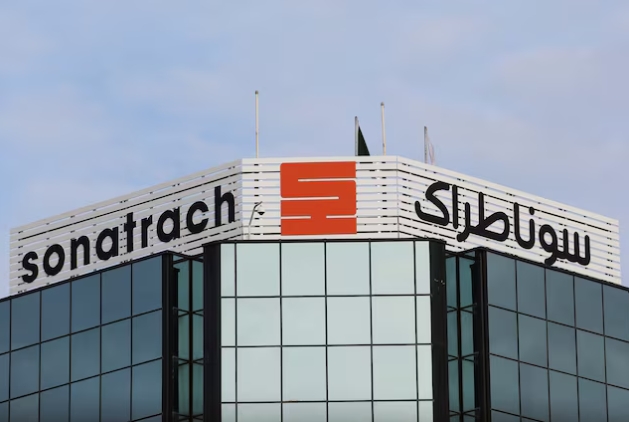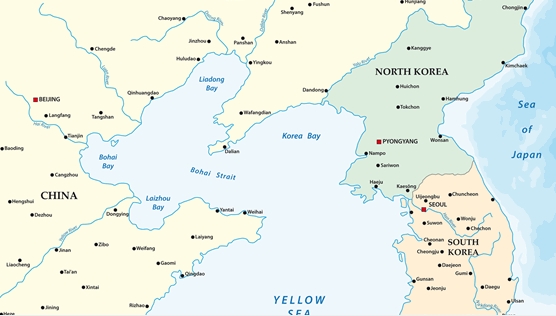The Norfolk Boreas project was awarded a 15-year Contract for Difference (CfD) in UK AR4 last year at £37.35/ MWh (real 2012) and positioned to take FID imminently. Management reasoned that due to supply chain constraints, cost inflation and higher cost of capital, the project was no longer financially viable and would not meet milestones set under the CfD contract. Vattenfall has taken an impairment charge of SEK5.5 billion (c.US$530 million).
Two other Vattenfall projects of the same size, Norfolk Vanguard East and Norfolk Vanguard West, forming the 4.2 GW ‘Norfolk Zone,’ are also under development (although have not been awarded a CfD yet). Vattenfall stated it is now reviewing the appropriate way forward for the entire zone.
The Norfolk Boreas announcement is a big blow for Vattenfall and a big blow for the UK’s 50 GW by 2030 offshore wind target. This project alone makes up around 50% of Vattenfall’s awarded capacity. With uncertainty over the 4.2 GW Norfolk Zone, there’s potentially a massive dent in its renewables plan, or at least a major delay in roll-out.
The offshore wind sector is grappling with significant supply chain issues and cost inflation. Vattenfall, like others, suggest cost increases are up to 40%. Over the last 6-12 months all developers have voiced concerns that revenue schemes must reflect the new reality through higher prices.
Projects facing the most heat are those that have been awarded a support scheme in the last few years but have not yet taken FID. Project economics have been squeezed hard in the interim.
The CfD for Norfolk Boreas was awarded only 12 months ago. Yet, industry supply chain and cost issues started before this time, suggesting questions remain over project-specific challenges here.
Vattenfall and SSE report weak renewables power generation
SSE released its Q1 trading statement. The company reiterated its full year earnings guidance of 150p per share. However, renewable power output was down 29% versus plan in Q1, with hydro -41%, onshore wind -29% and offshore wind -16%, due to drier and less windy weather than expected.
The company stated more normalised weather patterns had occurred at the start of Q2 and that its biggest generation period was also still to come. On that basis, SSE expects annualised renewable power to be down just 5%.
Vattenfall also reported its H1 2023 earnings. Underlying operating profit in H1 2023 was SEK14.6 billion (c.US$1.4 billion) vs SEK16.3 billion (c.US$1.6 billion) in H1 2022, a fall of around 10%.
Lower electricity prices and ineffective hedges in continental Europe alongside lower nuclear and hydro generation were offset by a stellar performance from the Heat business due to higher prices.
Both Vattenfall’s and SSE’s announcements highlight the potential short-term volatility to navigate in the renewables industry.
Ørsted divests remaining stake in 630 MW London Array
Ørsted has agreed to divest its remaining 25% stake in 630 MW London Array Offshore Wind Farm in the UK. The total value of the sale to funds managed by Schroders Greencoat is £717 million (c.US$920 million). The transaction is expected to close at end of July 2023.
In line with the UK’s offshore transmission owner (OFTO) regime, Ørsted also announced an agreement for the sale of the transmission assets for its Hornsea 2 offshore wind farm. Following a competitive tender, Ofgem (the UK’s regulator for electricity and downstream natural gas markets) selected a partnership between Diamond Transmission Corporation Limited and HICL Infrastructure PLC as the preferred bidder at a value of £1.141 billion (c.US$1.5 billion).
The transmission assets are being sold by Breesea Limited, Soundmark Wind Limited and Sonningmay Wind Limited, a JV owned by Ørsted (50%), AXA IM Alts (25%) and Crédit Agricole Assurances (25%).
Ørsted’s clear strategy is to own, develop and operate assets in its offshore wind portfolio. The London Array Offshore Wind Farm is, therefore, non-strategic and explains the decision to exit the project entirely. Ørsted has a fantastic asset rotation track-record, delivering around DKK230 billion (over US$30 billion) to the end of 2022. At its recent capital markets day, management was adamant that both demand and prices remain strong. But the market environment has changed with higher interest rates and lower project IRRs across the sector. Deal valuation will be increasingly under the microscope.
Equinor buys renewable assets in Brazil
Equinor has agreed to acquire Rio Energy, a leading onshore renewables company in Brazil. Denham Capital, Rio Energy’s current owner, will retain most of Rio’s operational assets through a carve-out arrangement. After the carve-out, Equinor will gain the 0.2 GW Serra da Babilonia 1 producing onshore wind farm, a 0.6 GW pre-construction solar PV portfolio and a 1.2 GW pipeline of onshore wind and solar projects. No deal consideration was disclosed.
This acquisition sees Equinor establish a platform for material onshore renewables growth in a core operating country. Brazil is already a key growth area for Equinor’s oil and gas business while it has also made moves to position in Brazil’s offshore wind sector.
Although no consideration was disclosed, we estimate this deal will cost Equinor less than US$500 million. Equinor anticipates the acquired project portfolio to deliver at the high end of its 4-8% real base project return target for renewables projects, including acquisition price. The timely delivery of Rio Energy’s 1.8 GW of undeveloped renewables capacity will be critical if this is to be achieved.
With nearly US$20 billion of adjusted net cash on its balance sheet at the end of Q1 2023, Equinor has the financial firepower to do many further deals of this scale.
China’s regas terminals have progressed fast, with non-NOCs playing a dominant role
During May and June, two regas terminals commissioned. The Hong Kong Offshore LNG received its first cargo on 14 May, and Caofeidian (Suntien) LNG received its first cargo on 18 June. The Wenzhou LNG is about to commission with its first cargo circling near the border. The three terminals will bring the number of operational terminals to 27 with a total nominal capacity of 130 mmtpa, with North China having 45 mmtpa, East China 43 mmtpa and South China 42 mmtpa.
2023 will see a boom of regas capacity growth for China. Besides the three terminals mentioned above, another three new terminals could start to operate before the end of 2023, namely Zhangzhou LNG, Tianjin LNG (Beijing Gas) and Guangzhou LNG.
NNPC Limited agrees to take equity in Nigeria’s FLNG project
NNPC Limited and UTM Offshore signed a Heads of Terms (HoT) agreement to construct Nigeria’s first FLNG vessel using gas from ExxonMobil’s Yoho field on OML 104. NNPCL will take a 20% stake in the 1.2 to 1.5 mmtpa floating project.
UTM Offshore is developing the project with its technical partners KBR, JGC and Technip Energies, while Vitol will offtake the LNG cargoes. Afreximbank is acting as the project’s financial adviser and also signed a HoT agreement to provide part-funding for studies towards project bankability.
UTM continues to make steady progress on the project that it seen by many as a potential game-changer for developing Nigerian gas reserves. NPPCL’s involvement in the FLNG project comes after it signed an MoU in May with Golar to build FLNG vessels for monetising gas in shallow water Nigeria. For NNPCL, the focus is on reducing gas flaring, and generating revenues from stranded gas fields. Hence, NNPCL sees this as a ‘must-do’ project.
Angola and the DRC make progress in their Zone of Common Interest
Angola and the Democratic Republic of Congo (DRC) earlier this month signed agreements concerning the Governance and Management of the Zone of Common Interest (ZIC), paving the way for offshore oil developments in Block 14 after 20 years of negotiation. Angola and the DRC will split the resources in the ZIC equally.
This breakthrough demonstrates progress in the relationship between the two countries. The maritime boundaries have been disputed for two decades, delaying the exploitation of significant oil resources. The ZIC contains the Negage field, discovered in 2002 and the Menongue field, discovered in 2007. The ANPG says 230 million barrels of oil reserves exist on the block and forecasts peak production of 120-130,000 b/d (net 60-65 kb/d for each country).
For reference, 60,000 b/d is more than what Chevron’s Block 14 Tombua Landana currently produces in Angola and over three times more than DRC’s total daily production.
Carmen confirmed as a large gas discovery in Norway’s prolific Troll area
On 10 July 2023, DNO announced the Carmen exploration well had made a large gas and condensate discovery in the Norwegian North Sea. The Norwegian Petroleum Directorate (NPD) and Wellesley Petroleum (operator) confirmed the discovery on 19 July.
The initial discovered resource estimates differ across each stakeholder but are higher than the 20 to 100 mmboe pre-drill range.
At 175 mmboe, the mid-point of the DNO and NPD estimated resource range, Carmen would be the largest discovery offshore Norway – and the wider North Sea – since Wisting in 2013.
Wellesley Petroleum’s initial estimate is more conservative. But the operator did note that the appraisal results indicate potential upside up to 300 mmboe in and around the accumulation.
The find has been made in Norway’s prolific Troll-Fram Area which has now yielded nine discoveries since 2019.
Scientists claim to have discovered the first room-temperature, ambient-pressure superconductor
A team of scientists working in Korea published papers suggesting they had discovered the first ever material that could be a superconductor of electricity at room temperature and pressure.
If confirmed, this discovery would have enormous implications for the world, representing one of the greatest scientific breakthroughs of our lifetimes. For the energy industry in particular, it would be transformational, enabling radically different technologies for power generation, transmission, and use.
However, by the end of the week, many other scientists had expressed scepticism about the claimed breakthrough. Michael Norman, a theorist at Argonne National Laboratory, told the journal Science that the researchers who published the papers “come off as real amateurs… They don’t know much about superconductivity and the way they’ve presented some of the data is fishy.”
Other teams of researchers are now working to see whether the Korean scientists’ experimental results can be replicated.
